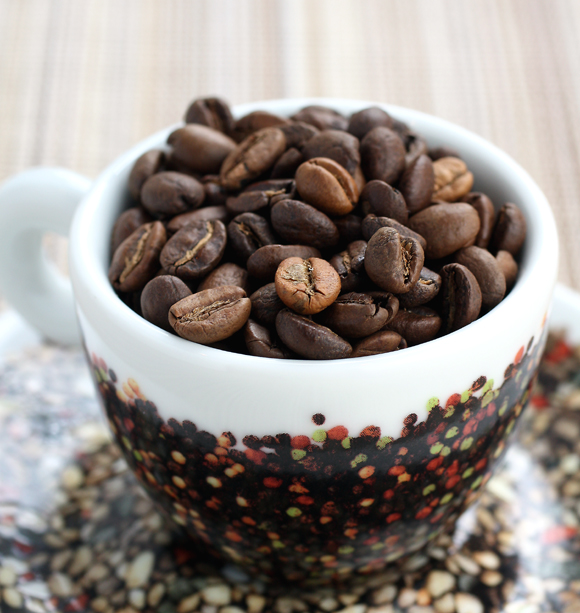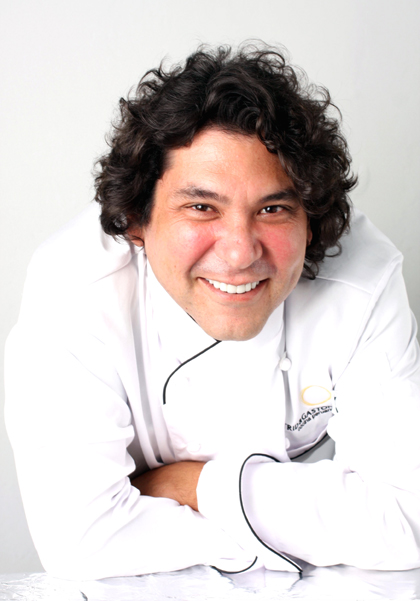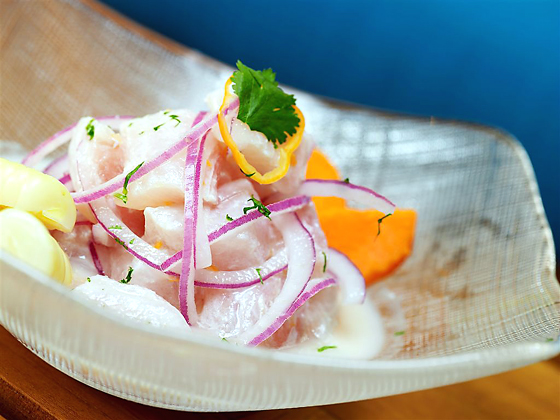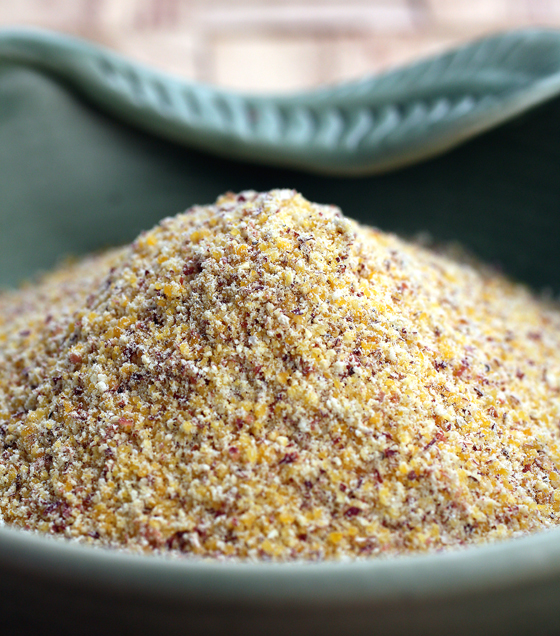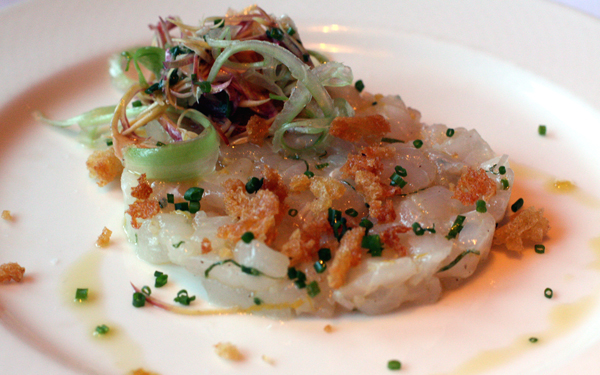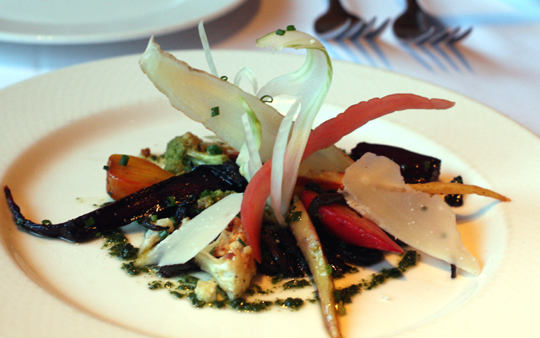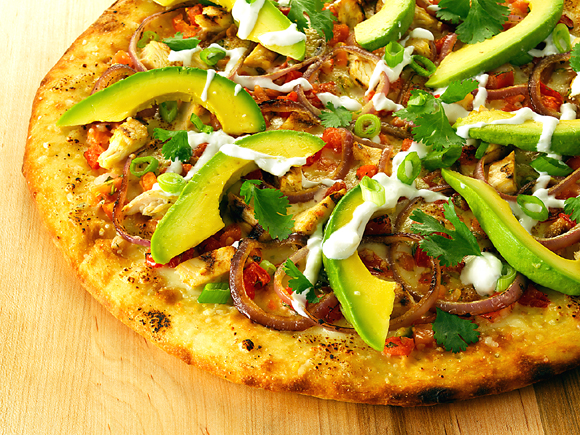Coffee with a Mission and a Food Gal Giveaway
The impoverished Aleta Wondo community of Ethiopia grows some of the world’s finest coffee beans.
Brew a cup as I did from some sample beans, then revel in the smooth, rich notes of vanilla and bergamot without any of the ubiquitous “burnt” flavor of so many dark roasts these days.
Yet the farmers who grow these precious beans often don’t make enough money to feed or care for their children properly.
Enter Common River, a Mill Valley non-profit, which is working to change that.
Started by Donna Sillan, an international public health consultant, and Tsegaye Bekele, an Aleta Wondo native who now lives in Marin after starting a plumbing business in the Bay Area, the organization was able to build a new school in Aleta Wondo that educates 130 children in the community. It also started a summer camp program there that is staffed by Mill Valley volunteers.
Moreover, Sillan and Bekele began exporting the Aleto Wondo coffee to the United States. All the profits from the sale of the coffee goes back to the village of farmers to help fund the school and other needed projects.
You can do your own part to help by trying the coffee, yourself. It’s available at Whole Foods in Mill Valley and San Rafael. It’s also for sale directly on the AletaWondo site. Additionally, Equator Coffees & Teas, the socially conscious coffee company that just opened its first retail cafe at the San Francisco International Airport’s Terminal 2, buys the Aleta Wondo beans and sells it under its own label.
Contest: One lucky Food Gal reader will get a chance to enjoy a 12-ounce bag of the Aleta Wondo coffee beans. Entries, restricted to those who live in the continental United States, will be accepted through midnight PST April 16. Winner will be announced April 18.
How to win?

